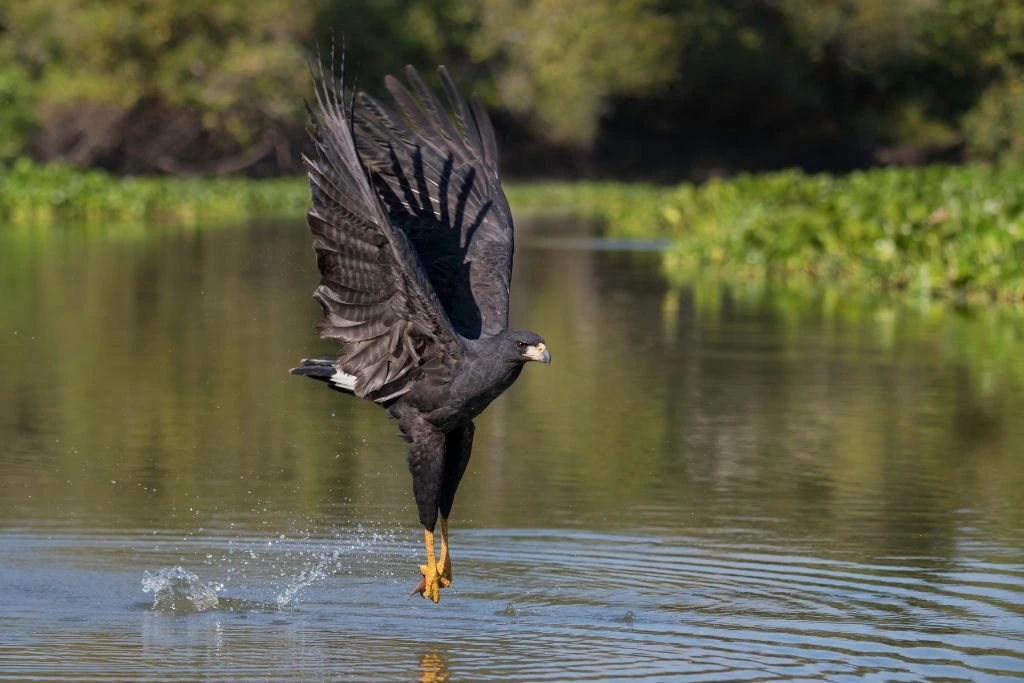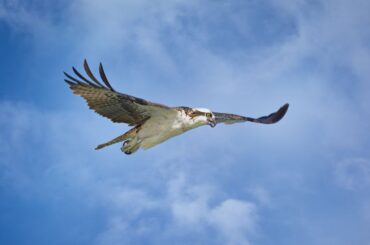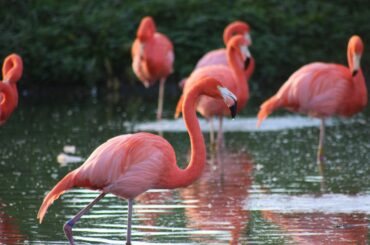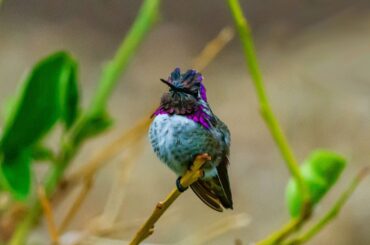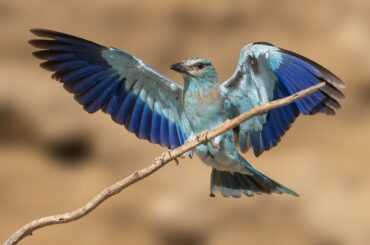Hawks are the largest of all birds of prey. They have a wide variety of shapes and sizes, including those that resemble other species. Hawks can be found throughout North America, especially in Florida, where they’re most numerous during winter.
Red-shouldered hawks are one of the most common in Florida because they’re migratory birds that visit there every year as part of their migration between breeding grounds and wintering grounds across Canada and Northern Mexico.
Are you ready to get to know the different species of hawks that roam the sunny skies of the Sunshine State?
Here are some that you might come across when you visit Florida. Be sure to watch out for them.
1. Red-Shouldered Hawk
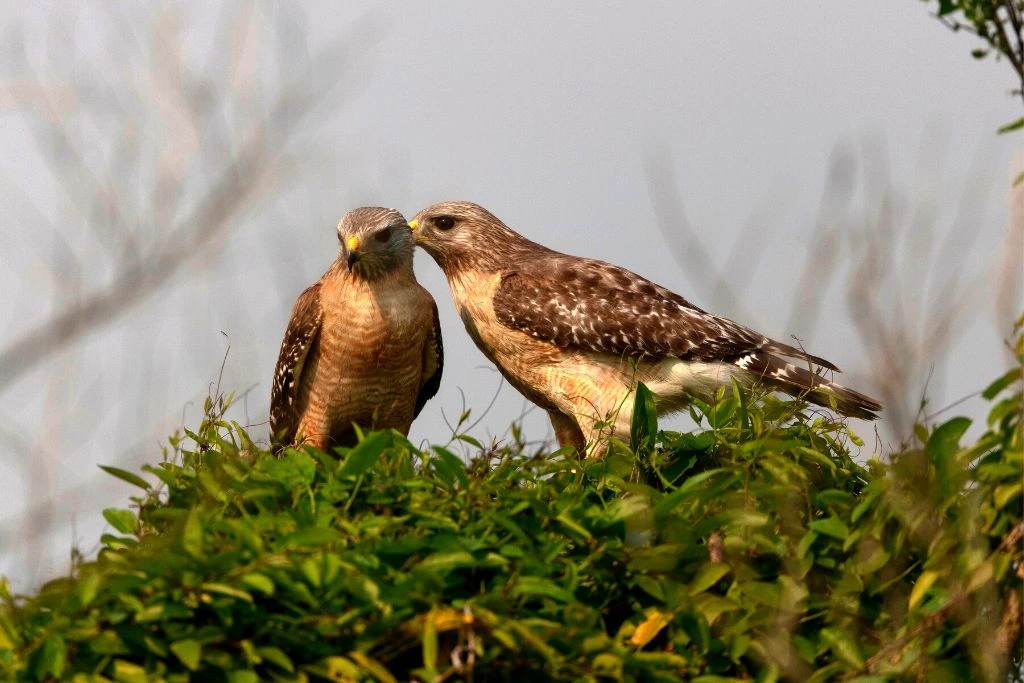
- Kingdom: Animalia
- Phylum: Chordata
- Class: Aves
- Order: Accipitriformes
- Genus: Buteo
- Species: Buteo lineatus
The red-shouldered hawk (Buteo lineatus) is a medium-sized hawk that has a red shoulder patch. It’s found in Florida and other states, Canada, Mexico, and Central America. They have slim-shaped bodies, long tails, and square wings.
Adult red-shouldered hawks have rich, barred orange underpants, reddish-brown upperparts, and banded black and white tails and feathers. These hawks tend to be solitary and territorial, and they have also improved their range over the last five decades. However, the clearing of woods has become a threat to their habitat.
Red-shouldered hawks like to inhabit forests and wooded places. Both males and females help each other build their nesting site, using leaves and twigs as their primary materials. These birds like swamps, bottomland woods, and wooden stream areas for nesting. Red-shouldered hawks prefer open habitats, like riverside forests, oak woodland, or mangroves during winter.
These birds can quickly adapt and adjust their hearing and eyesight while they search for their prey. They hunt for amphibians, reptiles, small mammals, and other birds, varying in seasons. These North Florida hawks include toads, chipmunks, crayfish, mice, snakes, fish, and large insects in their diet.
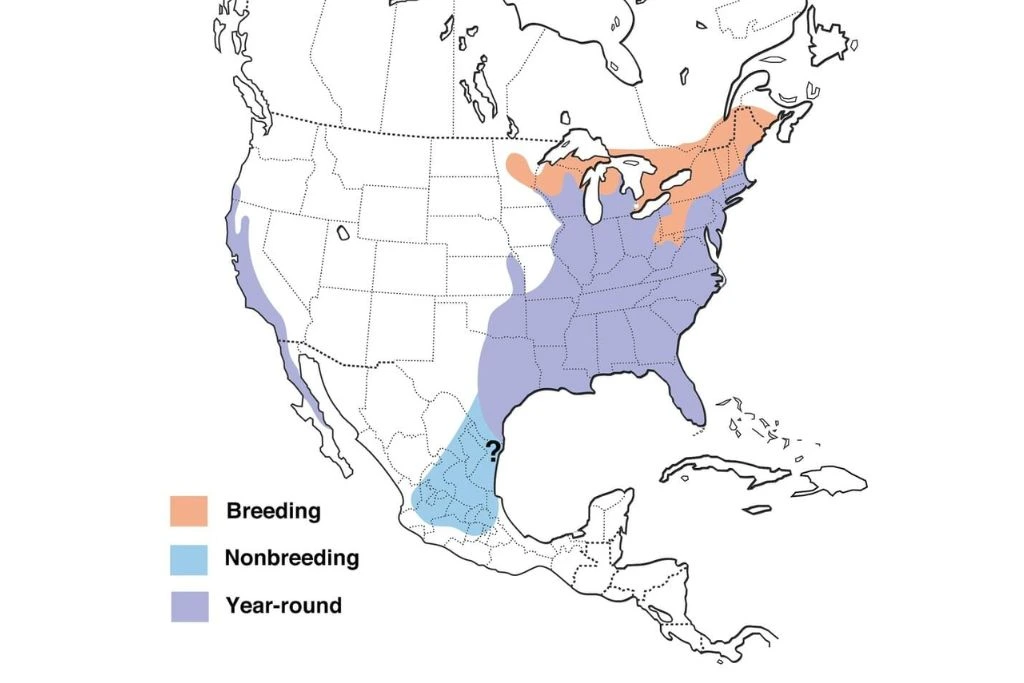
2. Red-Tailed Hawk
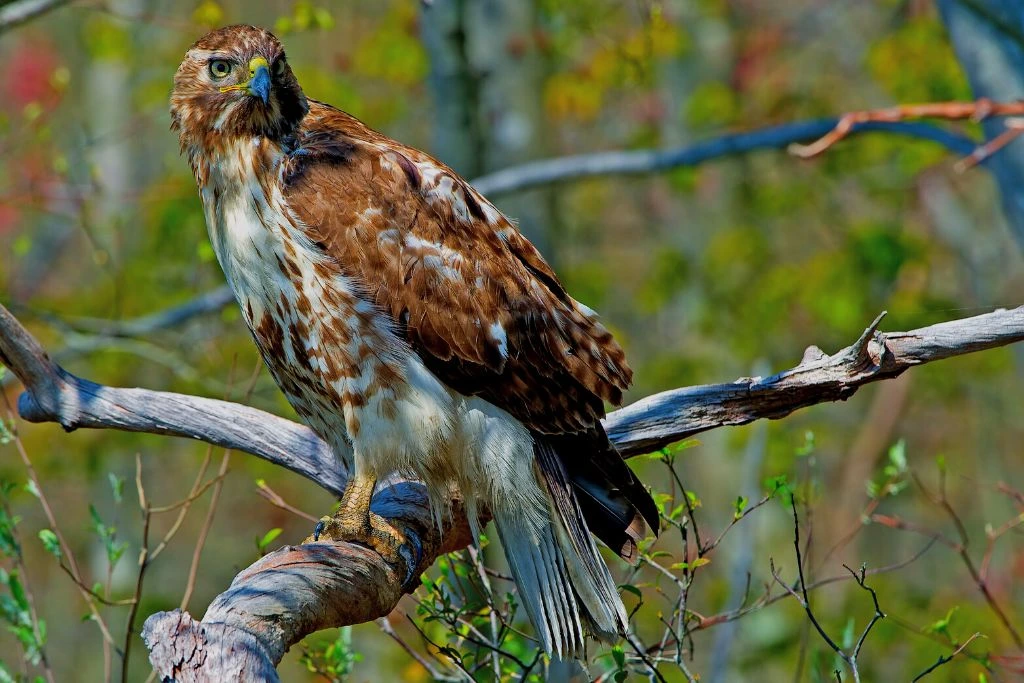
- Kingdom: Animalia
- Phylum: Chordata
- Class: Aves
- Order: Accipitriformes
- Genus: Buteo
- Species: Buteo jamaicensis
Red-tailed hawks (Buteo jamaicensis) are the most common hawks in Central Florida. They can be found throughout the state and are one of only two species of hawks in North America.
Red-tailed hawks have a large wingspan that spans up to 4 feet long. The body length is between 31 inches (79 cm) and 50 inches (127 cm). Their tails have a red underside with white bands along them, giving them their name, “red-tail.” The head has black feathers around its eyes, along with some white feathers on top of it. This helps camouflage them among foliage as they hunt by sight rather than sound when hiding from predators, such as humans or other creatures that may want to eat them.
Red tails prefer living near water sources, such as lakes or rivers, so they can get food quickly during hunting season. However, if there isn’t enough prey available nearby, these birds may travel long distances, away from home, to have something new every day.
These birds have amazing vision, locating their prey from far distances and heights. Their claws are big enough to grab their catch tightly. They can also easily adapt to their habitat in rainforests, roadsides, woodlands, scrublands, and fields that are open hunting grounds.
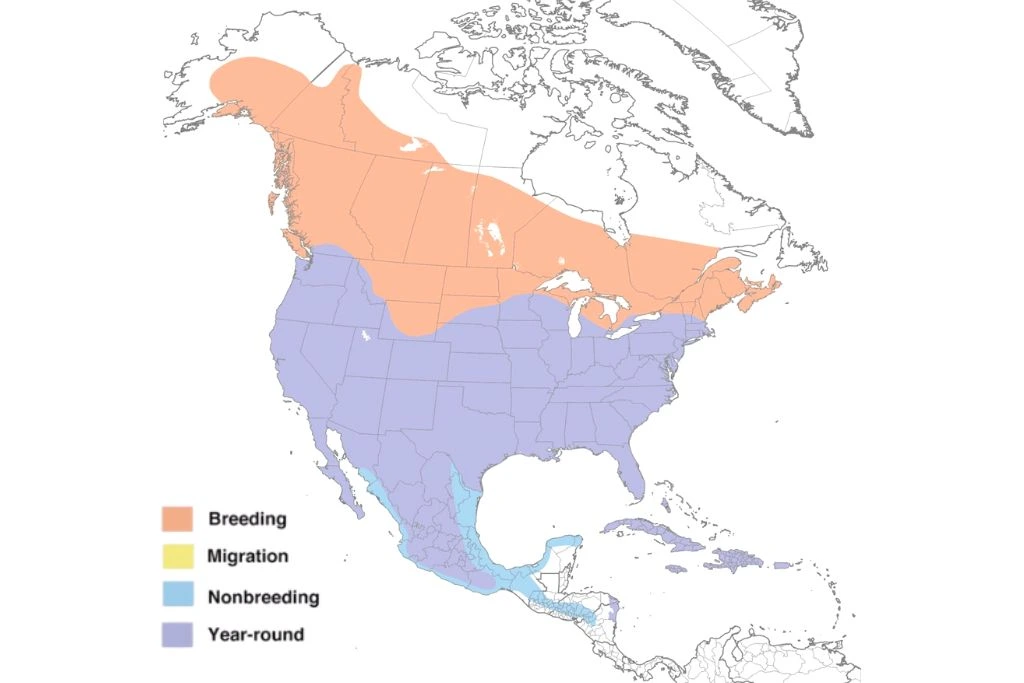
3. Broad-Winged Hawk
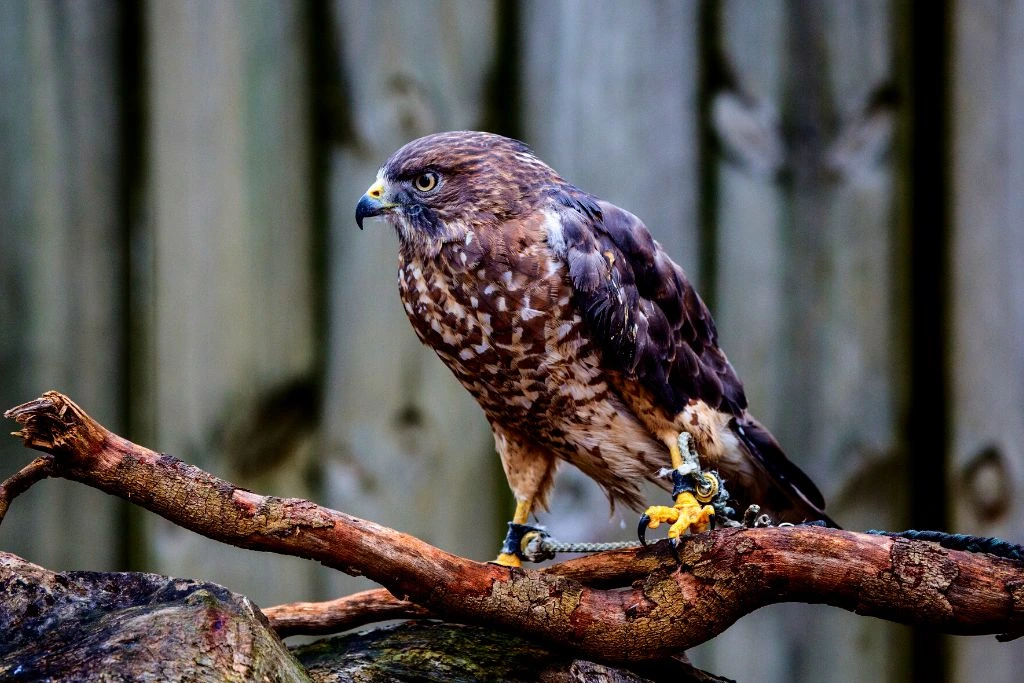
- Kingdom: Animalia
- Phylum: Chordata
- Class: Aves
- Order: Accipitriformes
- Genus: Buteo
- Species: Buteo platypterus
The broad-winged hawk (Buteo platypterus) is a medium-sized bird with black feathers and a white rump. It has brown eyes and a long, black beak. This species is found in Florida, where it migrates during winter to Florida’s warmer climate.
Broad-wings are predators that eat small mammals or birds when they can find them—the larger their prey, the better! Broadwings also have powerful talons for ripping apart their prey’s flesh easily. This makes them excellent hunters at feeding on small animals, such as mice or snakes.
The largest known specimen was measured at one foot eleven inches long with a wingspan of two feet three inches. They have broad wings that are noticeable during flight. Adult broad-winged hawks have black and white bands on their tails and barred underpants. They also have dark brown borders underside their wings. Their juveniles have lighter brown underpants and narrow-banded tails.
Broad-winged hawks like to inhabit deep woods and forests, where they spend most of their time below the canopy. When they migrate, they soar along coastlines and mountain ridges. When they are nesting, they tend to be inconspicuous. They build their nests for protection against other birds of prey. Broad-winged hawks’ diet consists of amphibians, mammals, reptiles, and other birds. They also like mice, lizards, voles, ground squirrels, rats, and snakes.
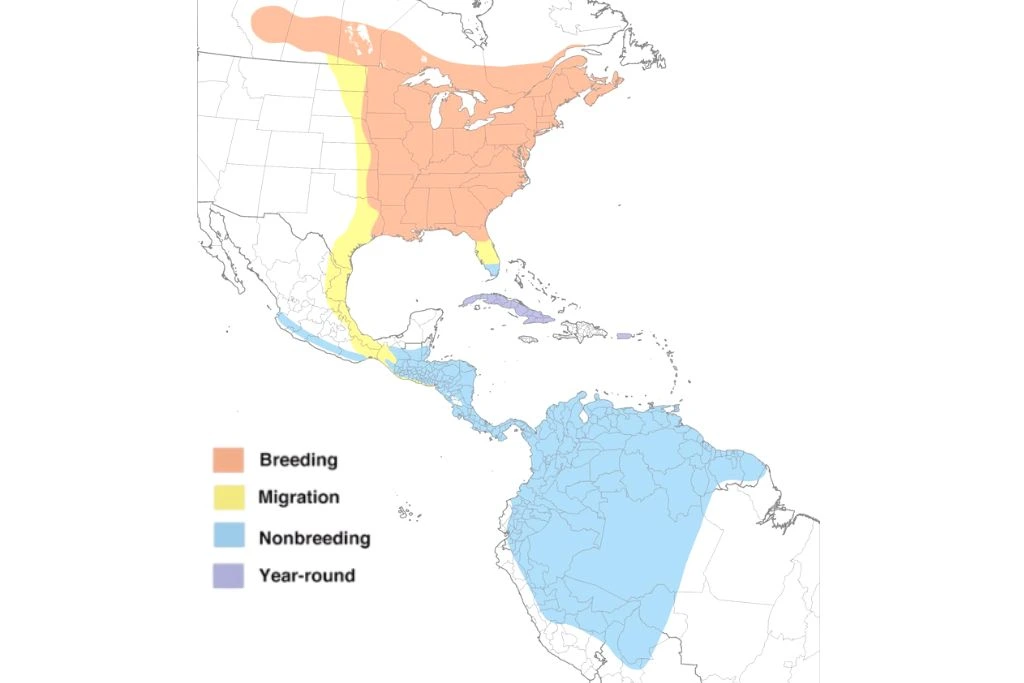
4. Cooper’s Hawk
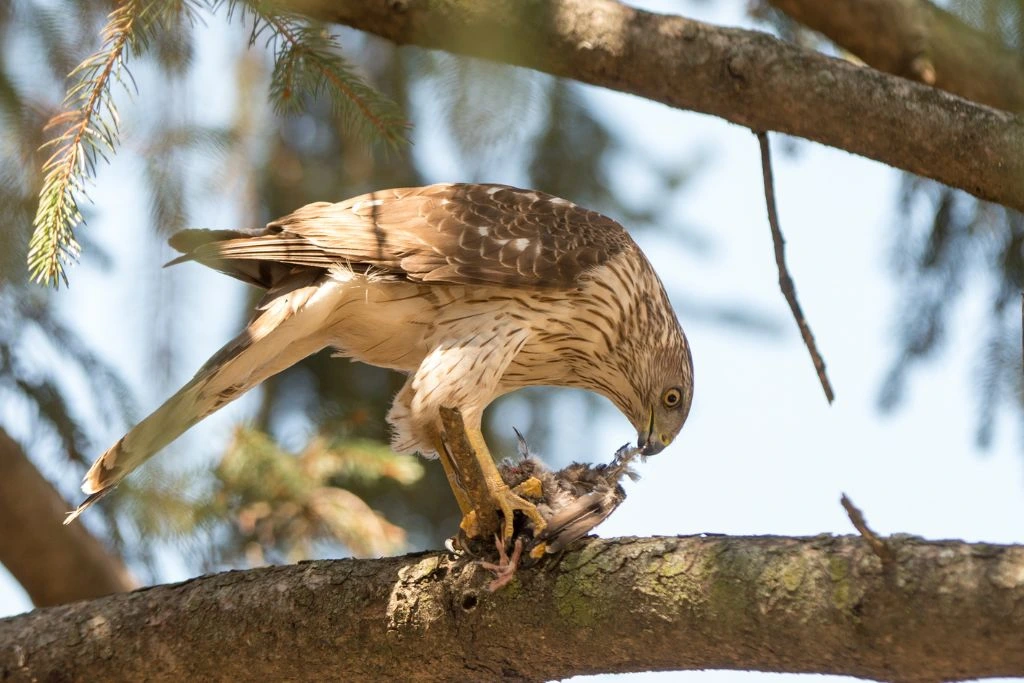
- Kingdom: Animalia
- Phylum: Chordata
- Class: Aves
- Order: Accipitriformes
- Genus: Accipiter
- Species: Accipiter cooperii
Cooper’s hawk (Accipiter cooperii) is a medium-sized bird of prey with a long, narrow head and wings. They have dark brown plumage with white spots on their wings and tail feathers. Their eyes are yellowish or orange-brown in color, and they have large heads that appear round when viewed from overhead, hence the name “cooper.”
They are one of the prettiest Southern Florida hawks you can find because of their bluish-black back, wings, and red eyes. Their juveniles are browner and streaky with short but strong hooked bills. If you find them, take a pic, and you’ll notice how the beautiful orange accentuates their appearance.
Cooper’s hawks are found throughout Florida but can also be found in other states, such as Louisiana and Texas, and Canada, where over two million pairs live throughout this area. These birds like wooded habitats, deep forests, and also leafy backyards. They will live in forested areas, open woodlands, small wooded woodlots, and mountainous regions.
Cooper’s hawks hunt in dense forest areas, using their rounded, long tails that help them maneuver through tight spaces to catch their prey. Southern Florida hawks are known to be highly opportunistic predators. They tend to hunt and catch any food along their paths. Cooper’s hawks are carnivores, and they hunt for small to medium-sized birds, like doves, quail, and woodpeckers.
These birds build their nests in forest settings, and the males do most of the nesting work. Their females are responsible for taking care of their eggs after laying them.
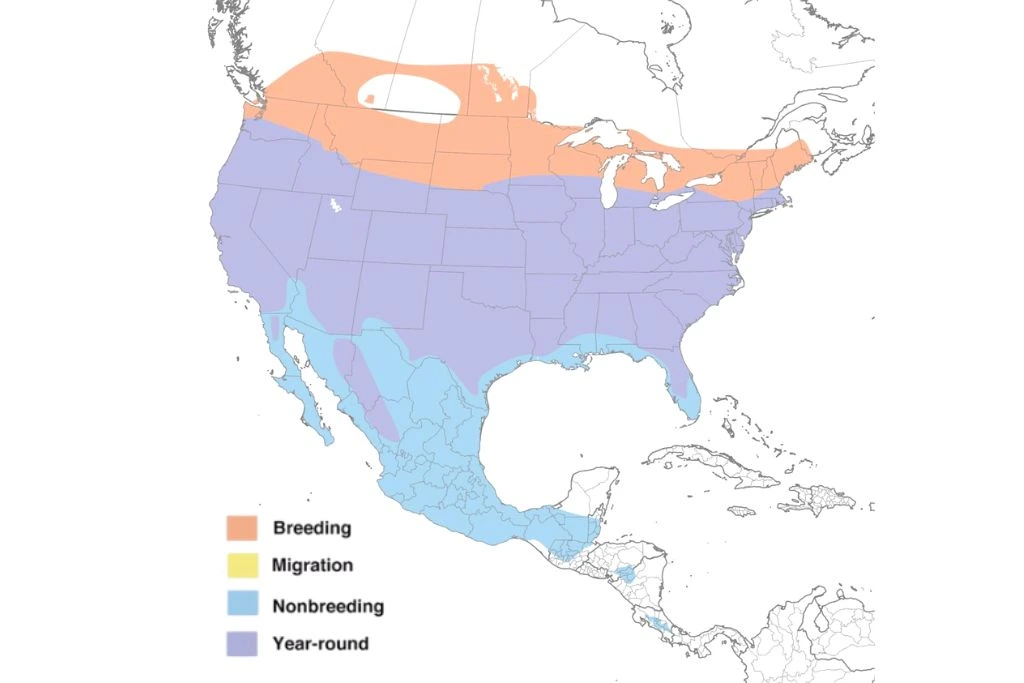
5. Swainson’s Hawk
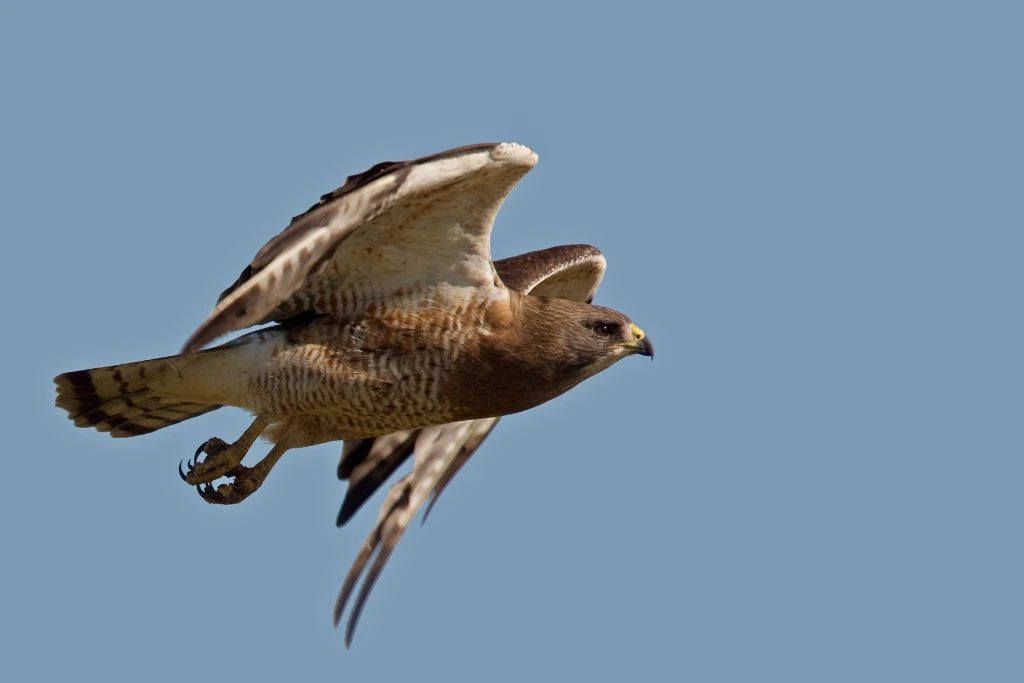
- Kingdom: Animalia
- Phylum: Chordata
- Class: Aves
- Order: Accipitriformes
- Genus: Buteo
- Species: Buteo swainsoni
The Swainson’s hawk (Buteo swainsoni) is a medium-sized, migratory bird found in the Western United States and Canada. The species was named after John James Audubon, who first described it in 1836. The Swainson’s hawk has a long lifespan of about 20 years and eats small rodents, such as mice and rats.
The Swainson’s hawk is a medium-sized bird with a long tail, brownish-gray plumage, and a white throat patch. They have a wingspan of six feet (1.8 meters) and weigh approximately one pound (453 grams).
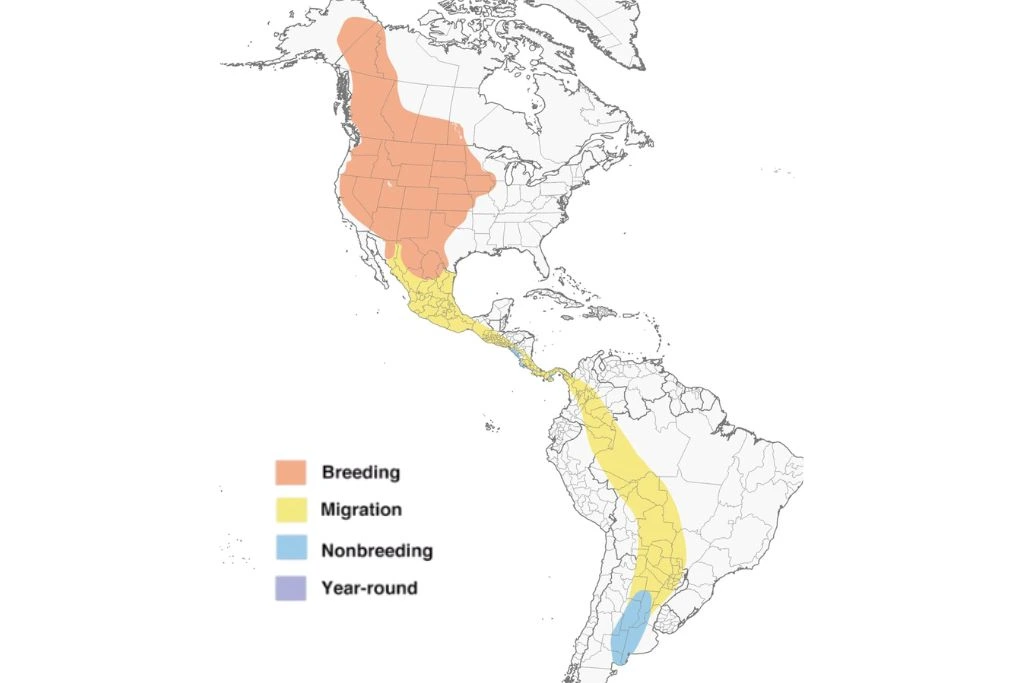
6. Sharp-Shinned Hawk
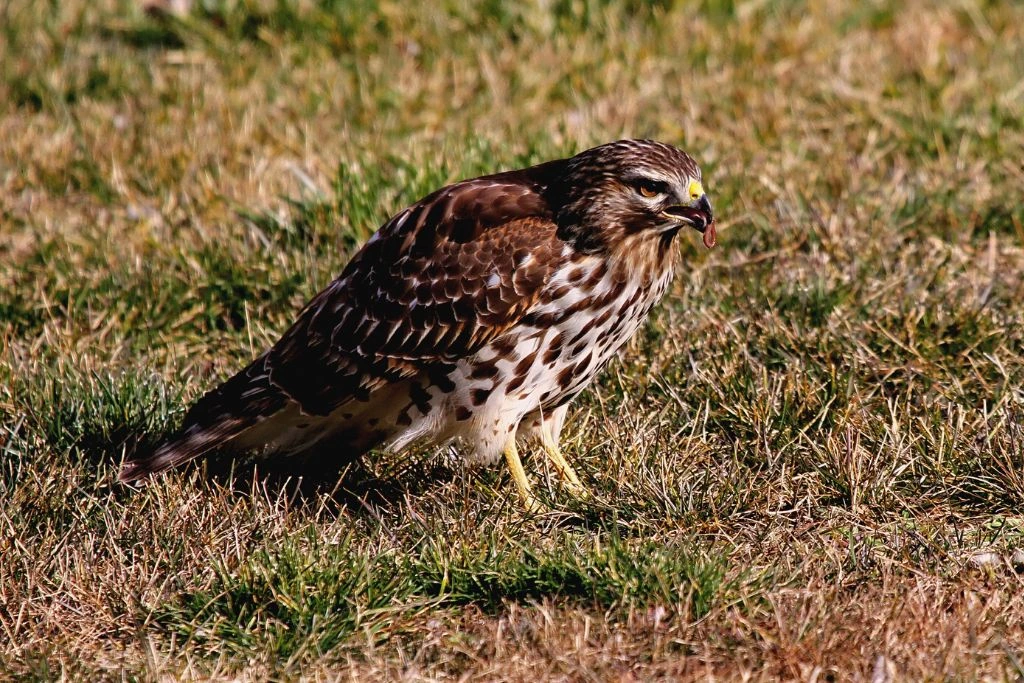
- Kingdom: Animalia
- Phylum: Chordata
- Class: Aves
- Order: Accipitriformes
- Genus: Accipiter
- Species: Accipiter striatus
Sharp-shinned hawks (Accipiter striatus) are small but fierce predators. They’re the smallest raptors found in Florida, with a wingspan of just over two feet. They prefer to live near water, making them more widespread than most other raptors in Florida. In fact, you’ll likely see one of these birds flying overhead if you’re outside at dusk or dawn. But it’s best to leave them alone when you sense their presence.
The sharp-shinned hawk has four toes on each foot and has been known to attack humans when cornered by an intruder in their territory. It’s the reason they’re not often considered pets.
Unlike many other species of hawks, this bird primarily feeds on small mammals, such as rabbits and squirrels, rather than a larger game, such as deer or antelope.
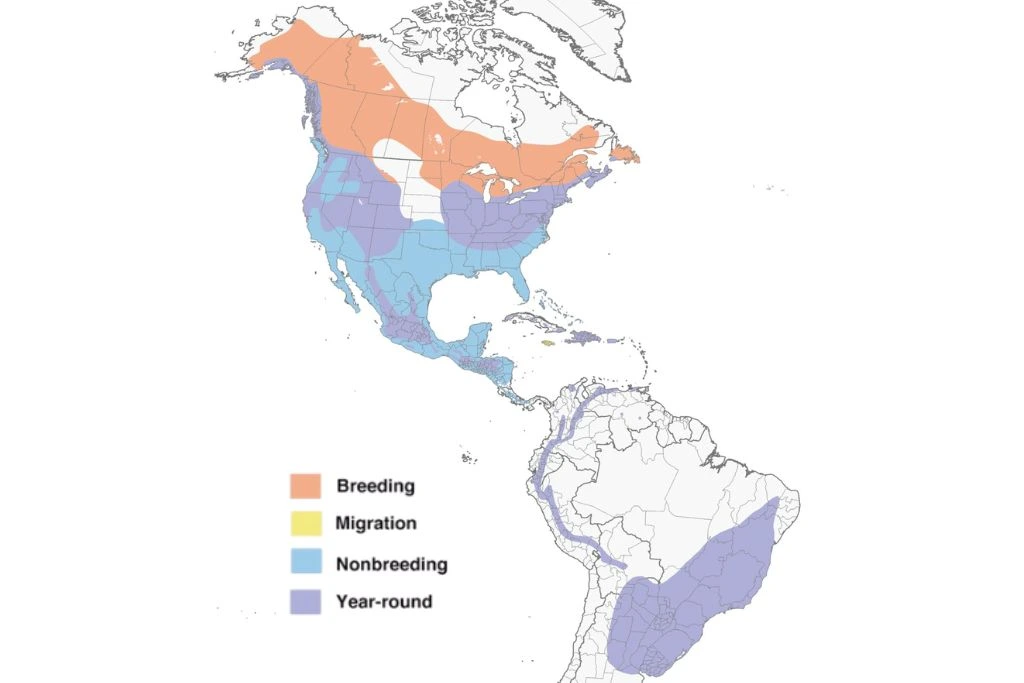
7. Northern Goshawk
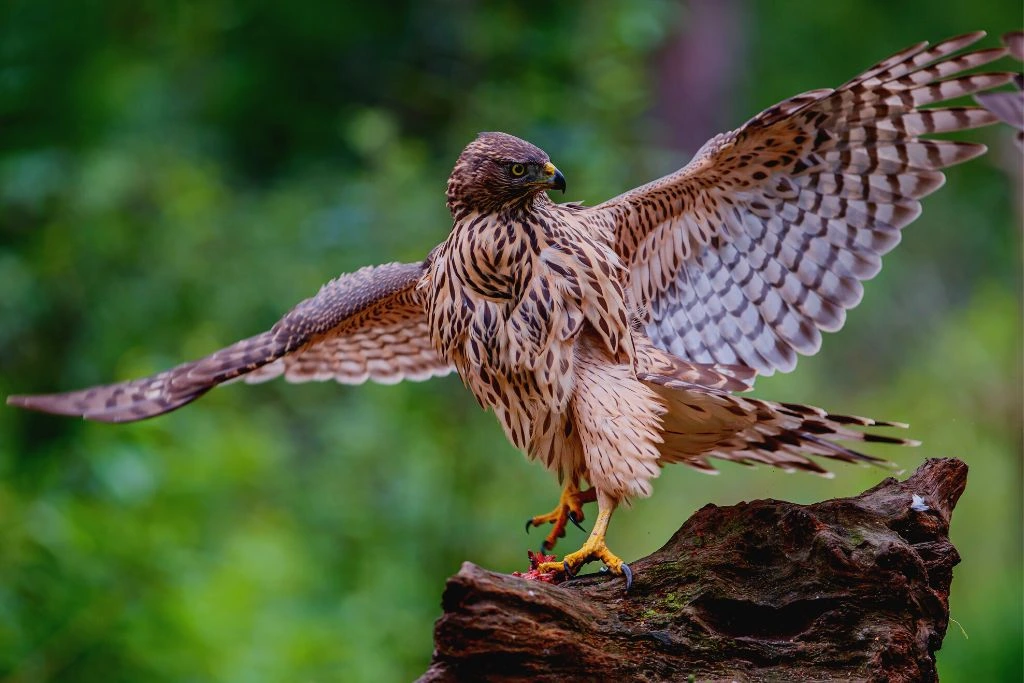
- Kingdom: Animalia
- Phylum: Chordata
- Class: Aves
- Order: Accipitriformes
- Genus: Accipiter
- Species: Accipiter gentilis
The Northern goshawk (Accipiter gentilis) is a large raptor found in Northern Florida, especially the northern woods of Florida. They are often seen hunting birds of prey, such as red-tailed hawks and Cooper’s hawk.
They are medium in size and are notable for having dark heads and stripes on their chests. You can distinguish this hawk by its dark slate gray above with pale gray barred underparts.
The northern goshawk nests on tree branches or tall shrubs and can be found in many habitats, including pine forests, hardwood hammocks, and open flatlands.
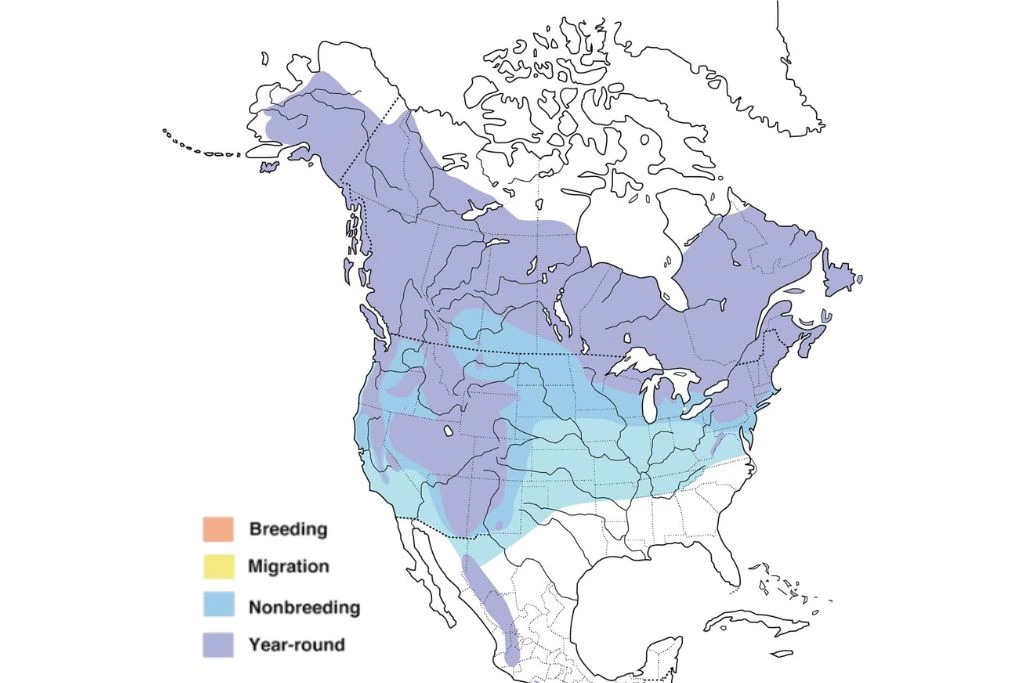
8. Short-Tailed Hawk
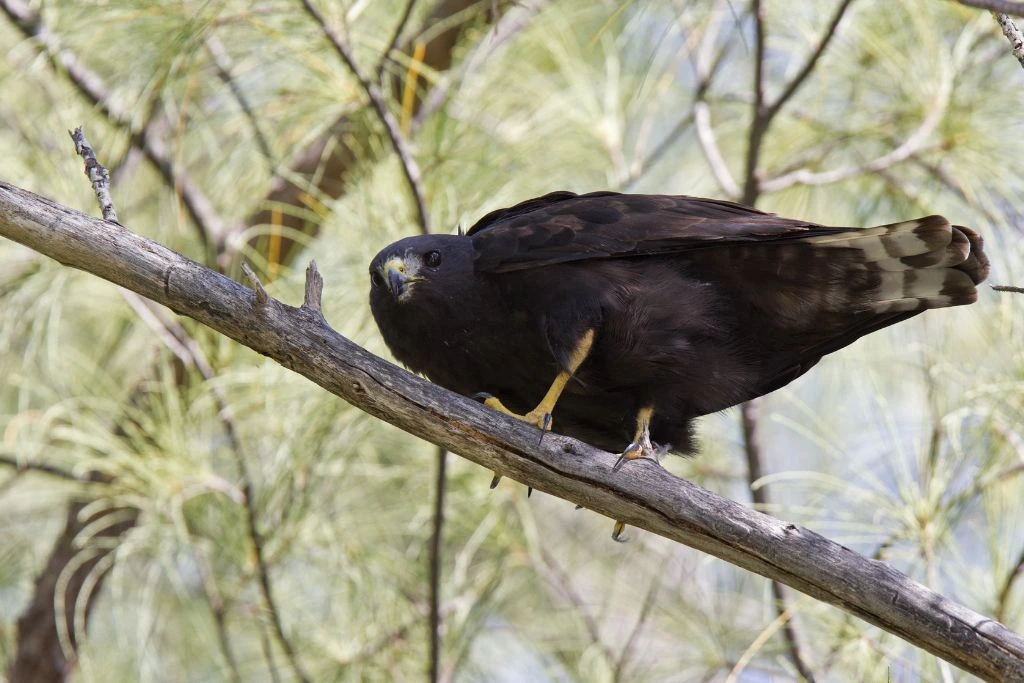
- Kingdom: Animalia
- Phylum: Chordata
- Class: Aves
- Order: Accipitriformes
- Genus: Buteo
- Species: Buteo brachyurus
The short-tailed hawk (Buteo brachyurus) is a small, slender, dark-colored bird with brown or gray upper parts and white underparts. Its wings are long and pointed, like those of other hawks, but it has no tail.
Short-tailed hawks can be seen hunting for prey in the air or on the ground. They often fly low over fields looking for rodents to catch. They also may scavenge around houses at night when people are asleep so they can take whatever food items they find unguarded by their owners.
The short-tailed hawk’s diet includes mostly mice and rats but also voles, snakes, lizards, and insects, like crickets and grasshoppers.
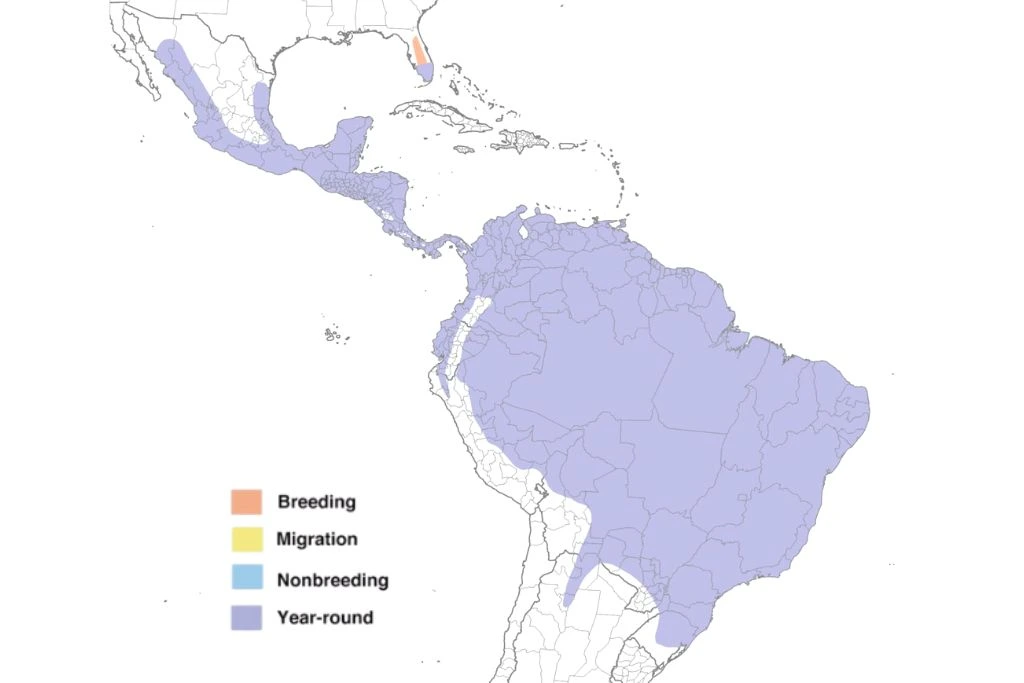
9. Northern Harrier
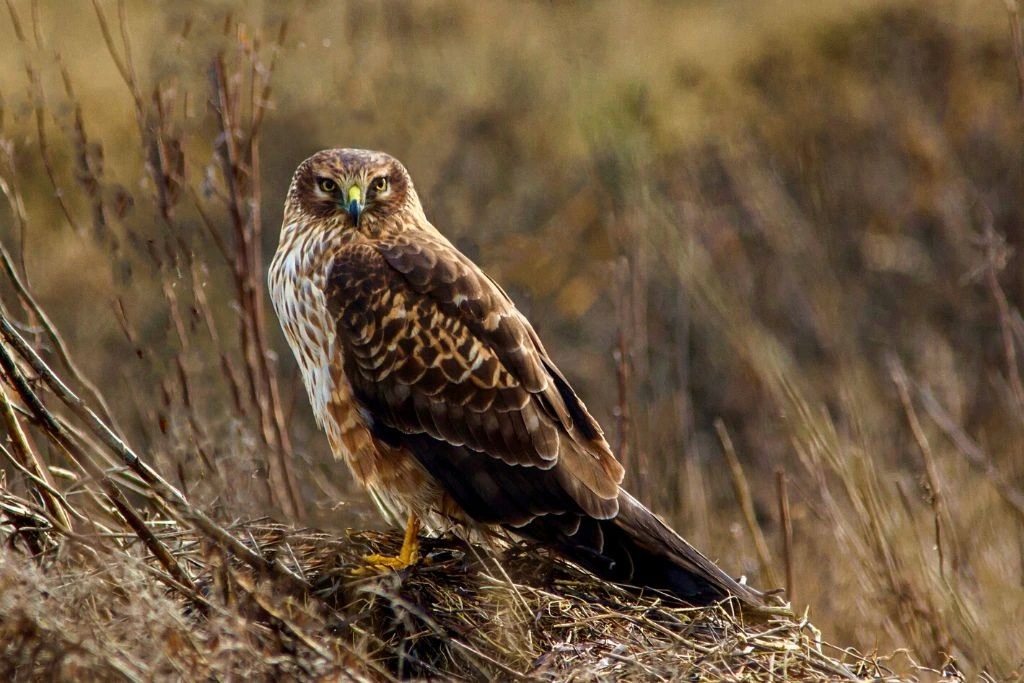
- Kingdom: Animalia
- Phylum: Chordata
- Class: Aves
- Order: Accipitriformes
- Genus: Circus
- Species: Circus hudsonius
The northern harrier (Circus hudsonius) is a medium-sized bird of prey. It is one of the most widespread birds in North America, occurring from Alaska to Mexico and Newfoundland to Brazil. They are migratory birds, wintering in Central and South America.
This medium-sized hawk has broad wings and characteristic rounded tails. Their face is flat, similar to that of an owl. Their beaks are hooked and sharp.
The northern harrier is diurnal (seen during daylight), but some sources describe it as crepuscular (active at dawn and dusk). This can be confusing because some sources also say that they hunt during daylight hours, so there are no hard rules when it comes to this species’ behavior.
You can find these birds in hilly habitats, farmlands, parks, and grasslands. They like to build their nests in dense clumps of vegetation, especially on the ground. Northern harrier males can have five mates at once. They will initiate building their nests, and the females will finish creating their homes.
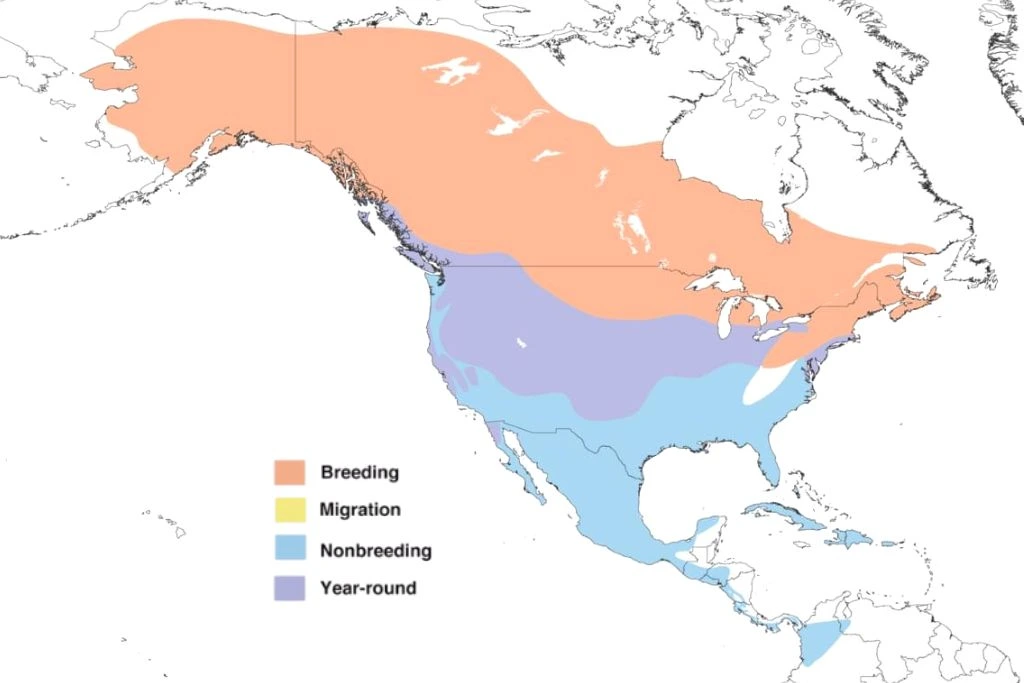
10. Zone-Tailed Hawk
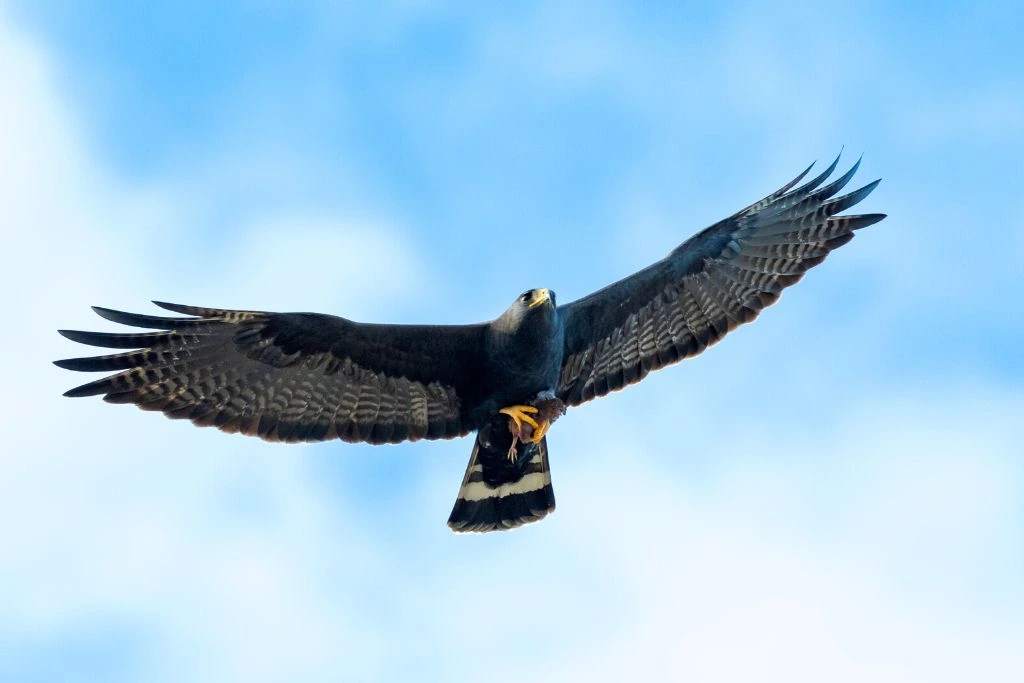
- Kingdom: Animalia
- Phylum: Chordata
- Class: Aves
- Order: Accipitriformes
- Genus: Buteo
- Species: Buteo albonotatus
Zone-tailed hawks (Buteo albonotatus) are found in the southeastern United States, from Southern Florida to Alabama. They’re a common sight along the coast and in woodlands, especially near rivers or lakes.
When they fly, you may confuse them with a Turkey Vulture since their grayish black, along with the black and white barred underside of their flight features will have a similar effect to the two-toned underwing of a Turkey Vulture.
They eat small mammals, like squirrels and rabbits, and insects, such as butterflies and bees. Like other hawks, they can fly fast enough to catch their prey when they’re out of their normal habitat, which is why they often hunt at night.
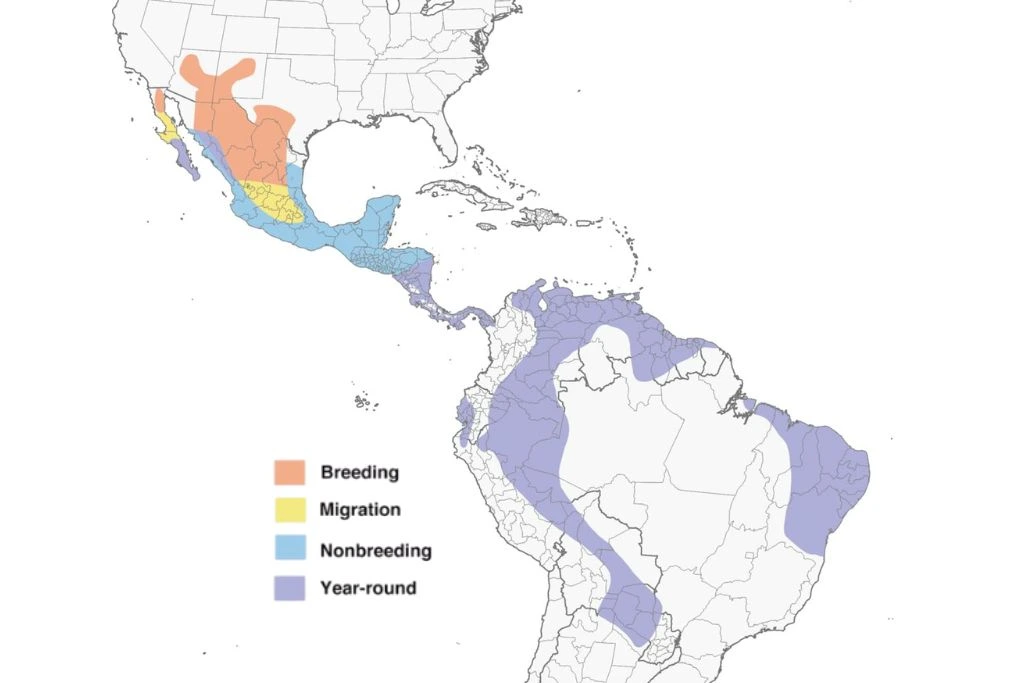
11. Great Black Hawk
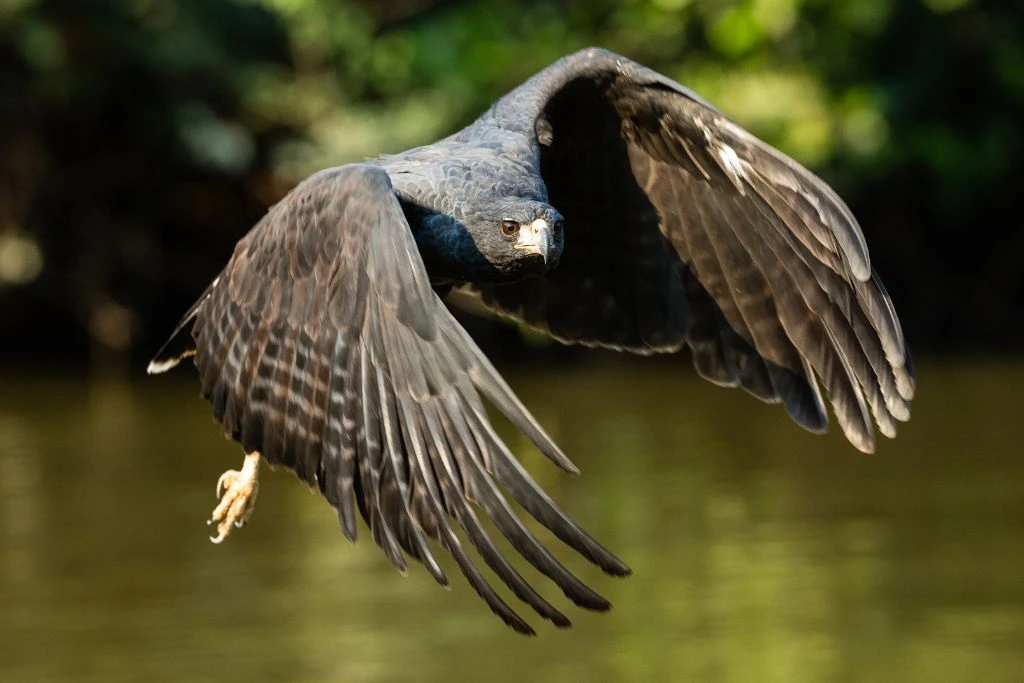
- Kingdom: Animalia
- Phylum: Chordata
- Class: Aves
- Order: Accipitriformes
- Genus: Buteogallus
- Species: Buteogallus urubitinga
The great black hawk (Buteogallus urubitinga) is a large bird of prey with a wingspan of up to six feet. It has a black body, white chest/belly, and white patches on its wings. This hawk preys on small mammals, such as rodents and rabbits, reptiles (including snakes), songbirds (like doves), waterfowl, and even other hawks!
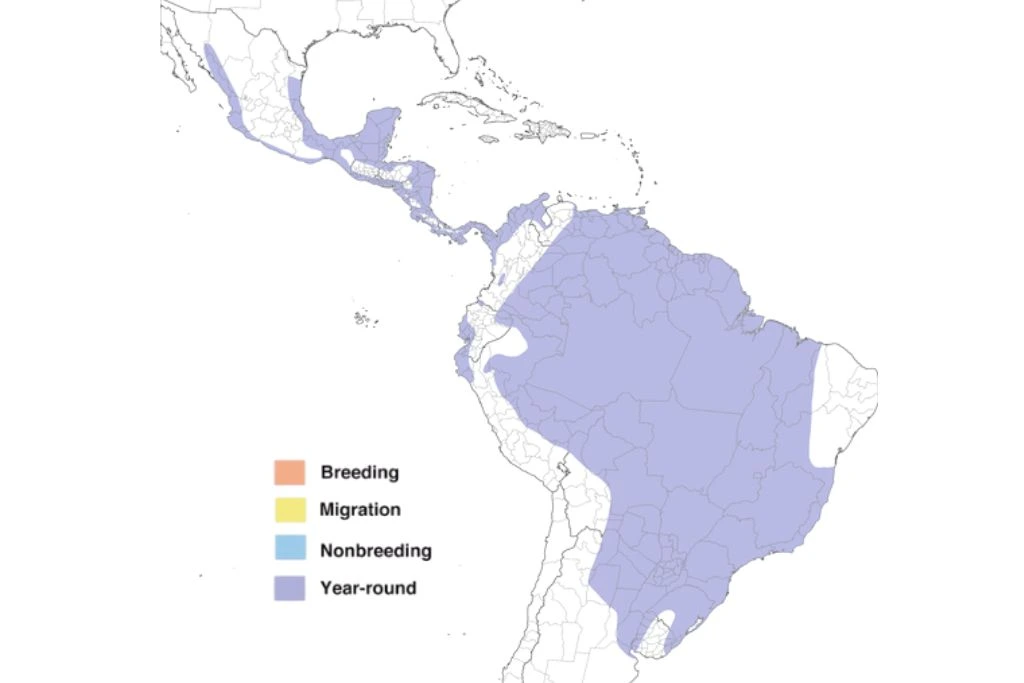
12. Ferruginous Hawk
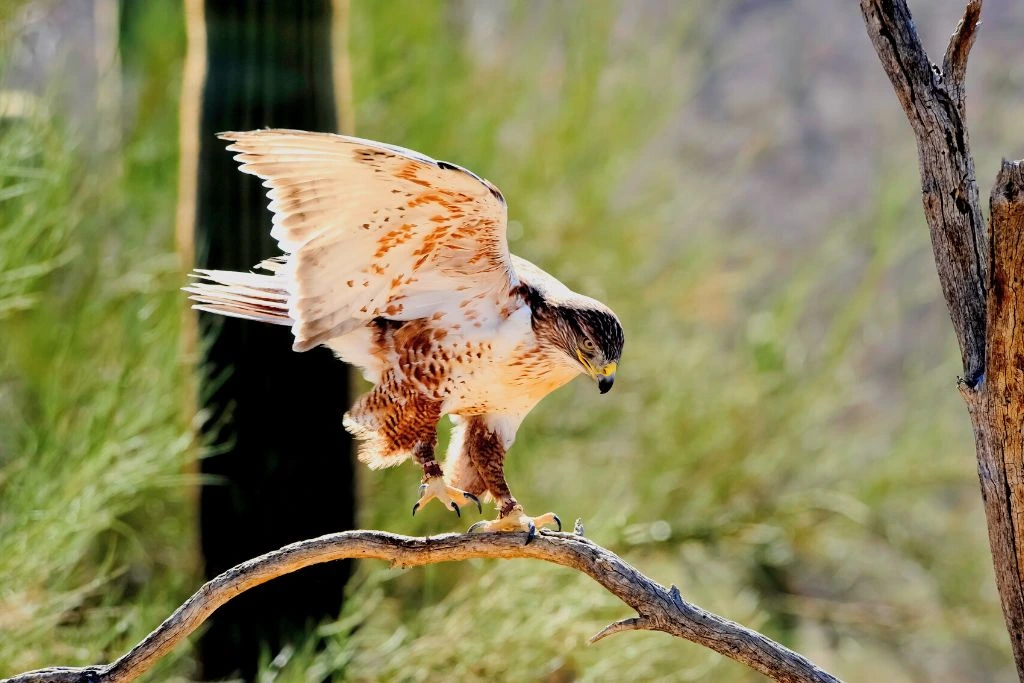
- Kingdom: Animalia
- Phylum: Chordata
- Class: Aves
- Order: Accipitriformes
- Genus: Buteo
- Species: Buteo regalis
Ferruginous hawks (Buteo regalis) are members of the family Accipitridae. They’re medium-sized birds of prey that live in the Western United States and Canada. The ferruginous hawk has a wingspan ranging from four to six feet (1.3 to 1.8 meters), making it one of the largest species in Florida.
This raptor is black with a blue head and neck, yellow eyes, red legs, and feet, and has white feathers on its chest, helping it blend into its surroundings. It also has black spots on its wings that help camouflage against trees when hunting for prey at night or during monsoon season when there isn’t much light available outdoors.
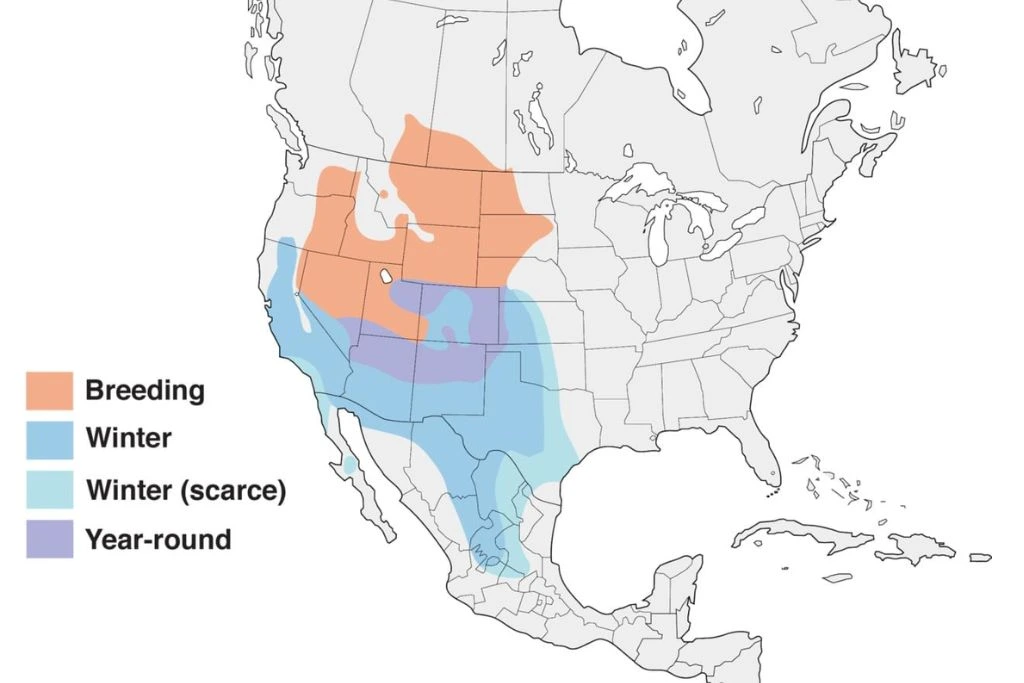
13. Rough-Legged Hawk
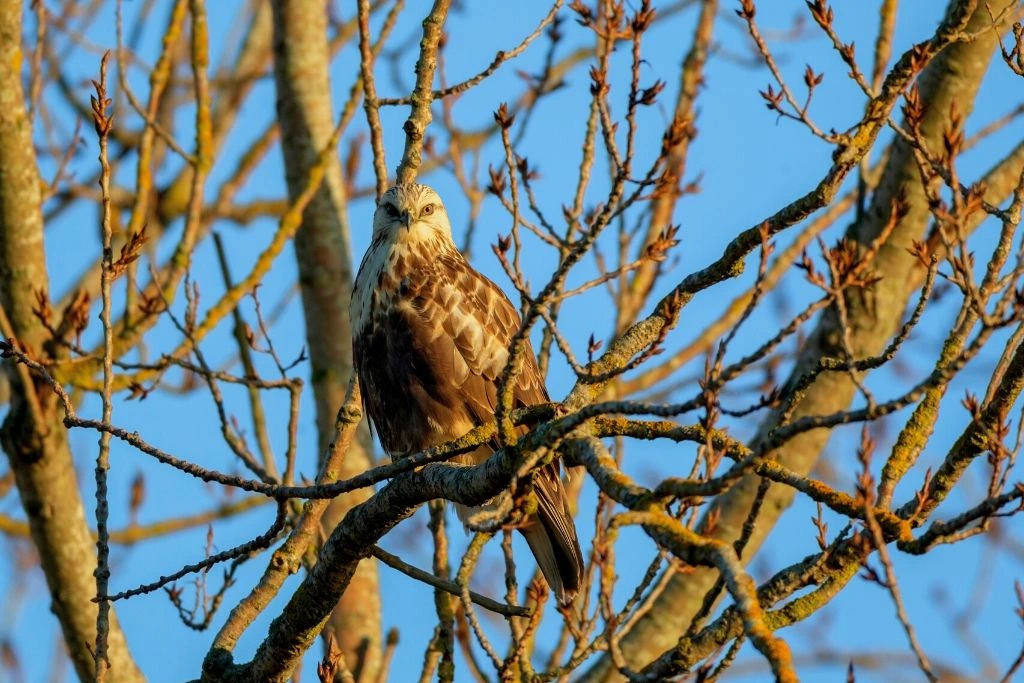
- Kingdom: Animalia
- Phylum: Chordata
- Class: Aves
- Order: Accipitriformes
- Genus: Buteo
- Species: Buteo lagopus
The rough-legged hawk (Buteo lagopus) is a large, dark brown hawk with a white patch on its chest. It’s found in the northern hemisphere and can be found throughout Alaska and Canada, as well as in the northern parts of the United States.
The rough-legged hawk lives for about 15 years on average before it dies out completely.
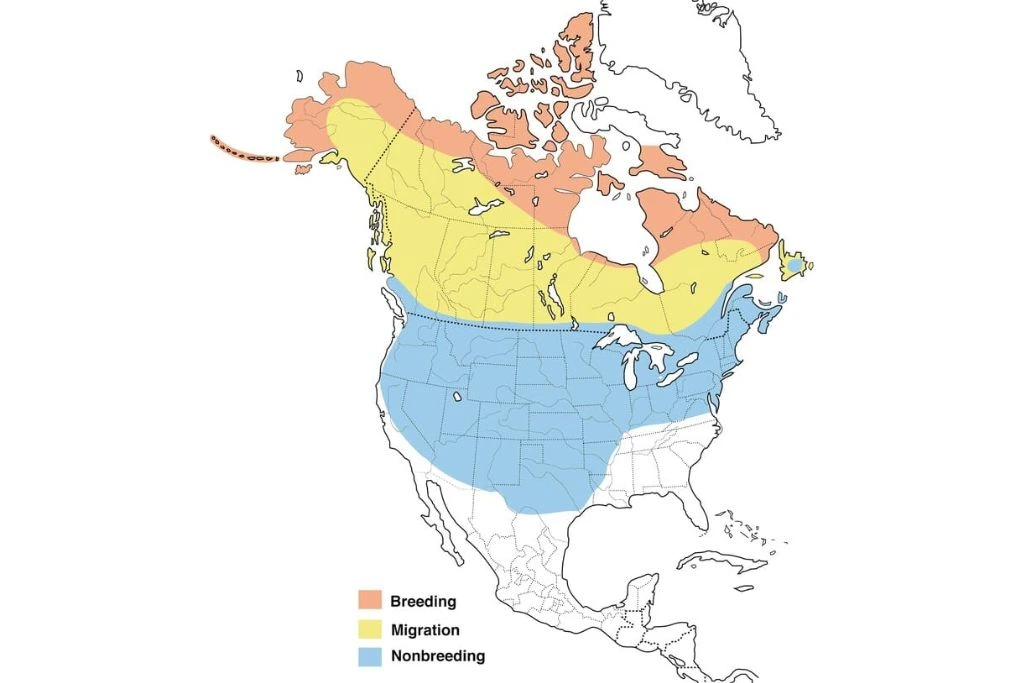
Hawks Dominating the Skies of the Sunshine State
There are many kinds of hawks in Florida, all of which are birds of prey. They have hooked bills, sharp talons, long tails, and hooked beaks. All these traits make the hawks more suited to catching prey than other birds, like ducks or pigeons.
The hawks in Florida are a fantastic resource for birdwatchers and nature lovers alike, so it’s worth keeping an eye out for them when visiting the state. They provide a beautiful spectacle as they soar through the sky and hunt for prey, so remember to take pictures if you get lucky enough to spot one. No time to go find one? Enjoy browsing these pictures of hawks in Florida for now!

